CVM/Romeldale 3.0
$ 16.00
Quick Facts
Gauge: A woolen-spun, fingering-weight two-ply yarn, CVM/Romeldale 3.0 produces a stable and cohesive sweater fabric in the 6-7 stitches per inch range on US 2-4 (2.75-3.5mm) needles. For looser decorative fabrics where durability isn't a concern, you can go up to a US 8 (5mm) needle or beyond with lovely results depending on the desired effect. As always, use these numbers as a starting point for your own swatching.
Put-up:
Alabaster 215 yards (195m)
Sandstone and Shale 200 yards (182m)
Iron 210 yards (192m)
Skein weight: 50g
Care: Hand wash in warm water with mild soap. Rinse in same temperature water and set out on towel to dry away from direct sunlight or heat.
Source: Wool from CVM/Romeldale sheep raised in Pennsylvania. After shearing, each fleece has been hand-skirted and sorted by color. The fibers were then scoured, sorted again into color groups, picked, carded, spun, skeined, and given a second scour by Anne Bosch at Blackberry Ridge Woolen Mill in Mt. Horeb, Wisconsin. Skeins were twisted and tagged in Biddeford, Maine, from which they are also shipped to you.
- The California Variegated Mutant began as a fluke. In 1915, a man named A.T. Spencer attended the Pan-American exposition in San Francisco and came home with a bunch of New Zealand Romney sheep. He crossed them with his Rambouillet flock, hoping that the longwool Romney genes would help his Rambouillet sheep grow longer wool. It worked.
In the 1940s and '50s, another man and some partners took over the breeding plan of what had, by then, become the Romeldale sheep breed. Glen Eidman was one of those partners. It came as quite a surprise when one of his ewes gave birth to a ewe lamb with a variegated coat. Other breeders might have put the lamb on the meat truck pronto, because color can jeopardize the commercial textile viability of a flock.
But this was California in the 1960s, and Eidman had bigger plans. He waited and waited and waited, trusting that the genetic odds would be in his favor. Sure enough, a few years later, a variegated ram was born. He sent his two flukes away for a romantic weekend, and over the next 15 years he continued to work diligently to create a breed that would consistently produce this same miracle of variegation.The resulting breed was named California Variegated Mutant, or CVM for short. It's often referred to as CVM/Romeldale to honor the genetics that produced the variegated offspring.
For knitters and handspinners, CVM is like catnip. It has exquisite color subtlety, which you rarely see in a finewool. It has a generous staple length and a high crimp, making it easy to spin, tremendously lofty, and hard-wearing.
So rare is CVM that you'll be hard-pressed to find a commercial yarn version of it except for small batches from the breeders themselves. In fact, the American Livestock Breeds Conservancy considers it the most critically rare sheep breed in the United States. If there's CVM at a fleece show, I will not leave empty handed.
Which is a long way of trying to express just how lucky we were to get our hands on another batch of this fiber, and how rare this yarn is.
- The fibers in CVM 3.0 come from Marushka Farms in Pennsylvania, one of the largest and most discerning CVM breeders in this country. I'd worked with Marushka on two previous CVM releases and was excited to have an opportunity to source another year's clip. In terms of timing, the fibers were shorn in spring 2016, then skirted, sorted, and shipped to the mill where they were sorted by color before being scoured in small batches, then carded and spun and skeined. The yarn was finally ready for us in summer 2017. This is a yarn that takes time.
This 3.0 release builds upon everything I loved about CVM 2.0 -- those expertly woolen-spun, impeccably crimpy and robust fibers in a perfectly fine heavy fingering-weight "nib" that draws exquisite stitches in knitted fabric. This is a lively and forgiving yarn.
Because of the "V" in the name CVM, namely variegation, this yarn required a lot more patience and hand-holding than most other yarns. The fleeces were expertly hand-skirted at the farm by Marie herself and sorted into color groups. In order to preserve those color groups, each batch needed to be scoured separately by hand instead of being run through a commercial scouring train in one big batch.
Anne Bosch of Blackberry Ridge Woolen Mill in Mt. Horeb, Wisconsin, has the skill, patience, and equipment to blend these 36+ boxes of wool into really gorgeous natural colors for us. Then there's the spinning, a perfect blend of jumbled chaos and order that Anne is able to create using the equipment she has so lovingly maintained over the decades. Anne brings a handspinner and hand knitter's sensibility to yarn, which is very important for as rare and nuanced a fiber as CVM.
- CVM is a high-crimp, generous-staple fiber, giving a perfect balance of loft and durability to this yarn. Tug it and you'll feel tremendous elasticity. While the yarn may appear airy and soft, it's been spun with such skill that it can withstand multiple frogging before it breaks or begins to look shabby.
Because the fibers have been spun immediately after carding -- rather than being run through a pin-drafter or a comb to get the fibers perfectly uniform and aligned -- you have immense air, flex, and give in the finished results.
In knitting terms, this means a huge variation in the size of needle you can use -- and the kind of fabric it will produce.
I personally prefer a firmer, tighter stockinette for garments, which is where the US 2 (2.75mm) needle size and 7 sts/inch gauge notation came from. Others prefer the more relaxed drape of a looser fabric and are willing to take the durability risk, which is where the US 4 (3.5mm) 6 stitches/inch gauge range came from.
If shawls with more flexible openwork are your goal, you can go even bigger, with a US 7 (4.5mm) needle or larger, depending on the fabric you wish to create. Are you a fan of meditative garter stitch? Consider working garter stripes that alternate any color of CVM 3.0 with those single skeins of highly variegated hand-dyed yarn you may have in your stash. Mohair and silk are also exquisite companions. Simply knit two rows in each color to get perfectly contrasting stripes on each purl row. The interplay of dyed and natural colors would be stunning in a simple cowl or, if you really wanted to indulge, Polo Sylvie's Bohemian Wrap.
Are you a fan of meditative garter stitch? Consider working garter stripes that alternate any color of CVM 3.0 with those single skeins of highly variegated hand-dyed yarn you may have in your stash. Mohair and silk are also exquisite companions. Simply knit two rows in each color to get perfectly contrasting stripes on each purl row. The interplay of dyed and natural colors would be stunning in a simple cowl or, if you really wanted to indulge, Polo Sylvie's Bohemian Wrap.
Regardless of what you choose to make out of this yarn, the bottom line is this: swatch, swatch, swatch! Be sure to wash your swatch, too. This yarn has one of the most exquisite and cohesive wash-induced blooms I've ever seen in a woolen-spun yarn. I can't wait for you to try it.

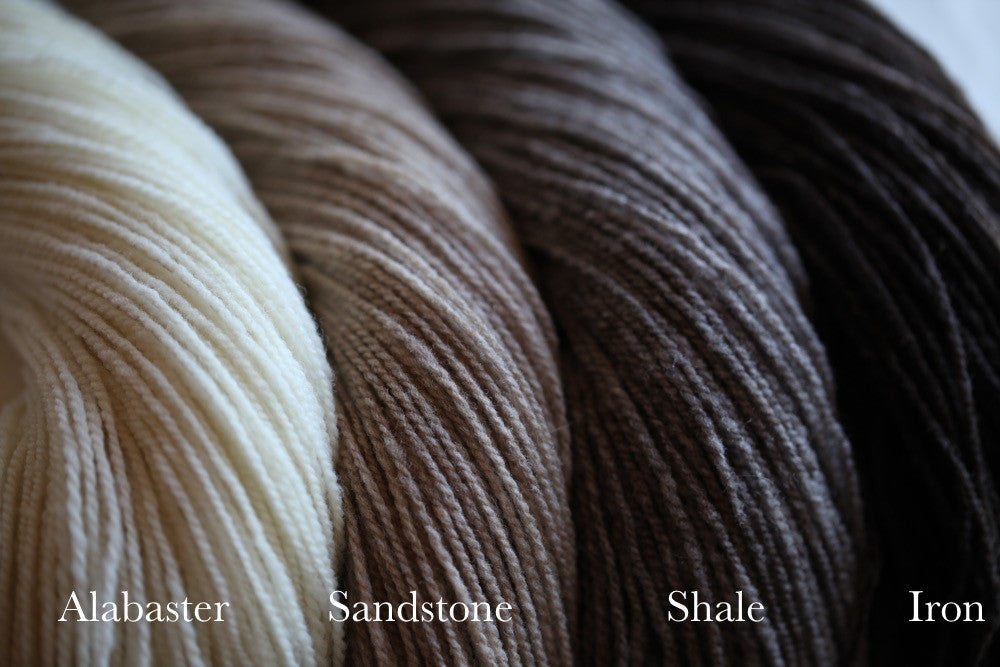
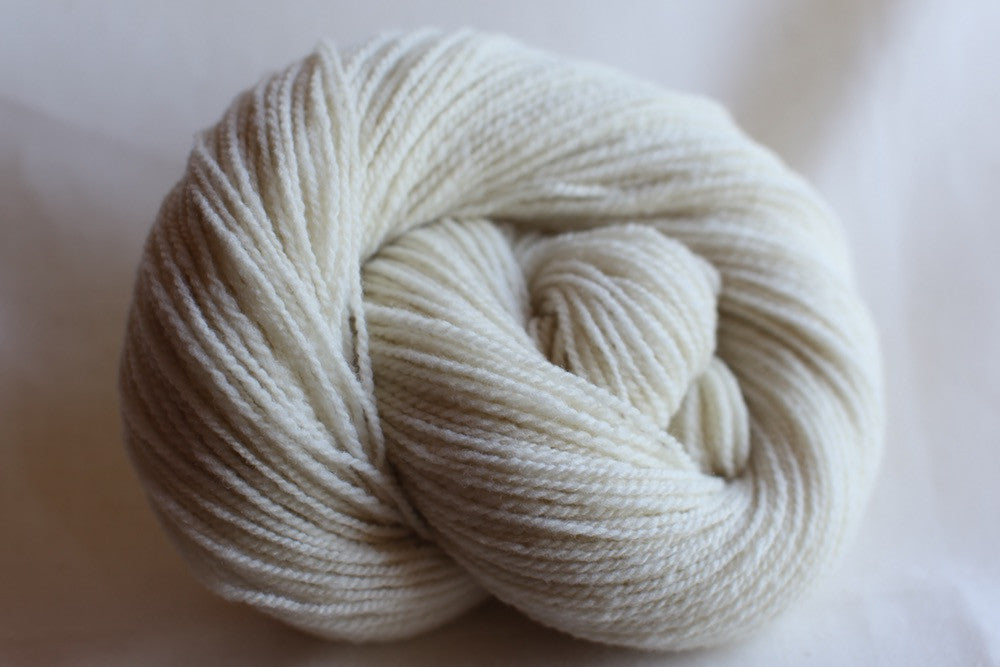
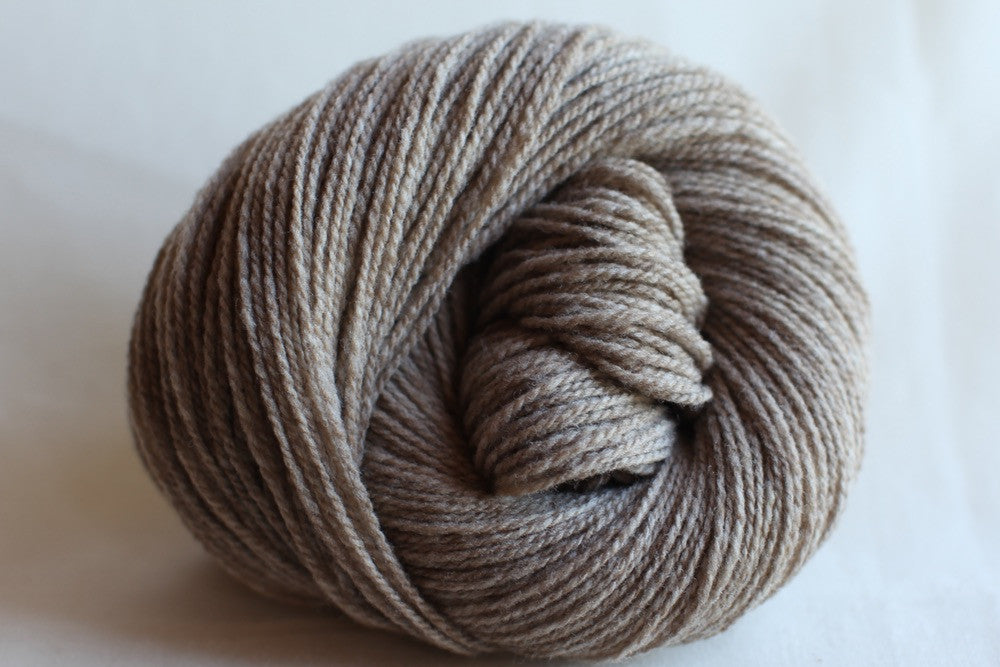
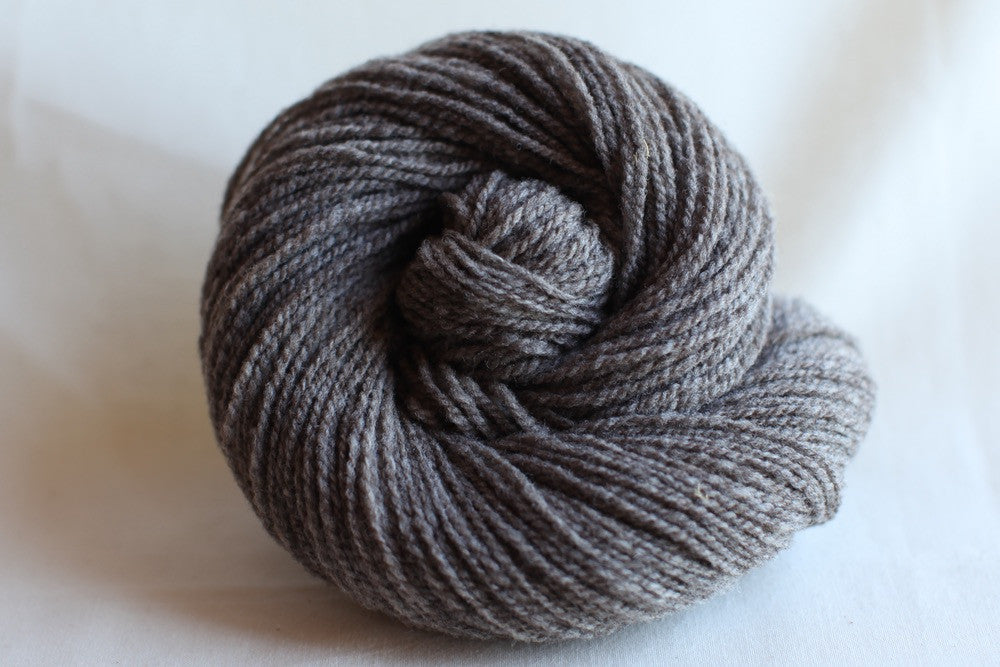
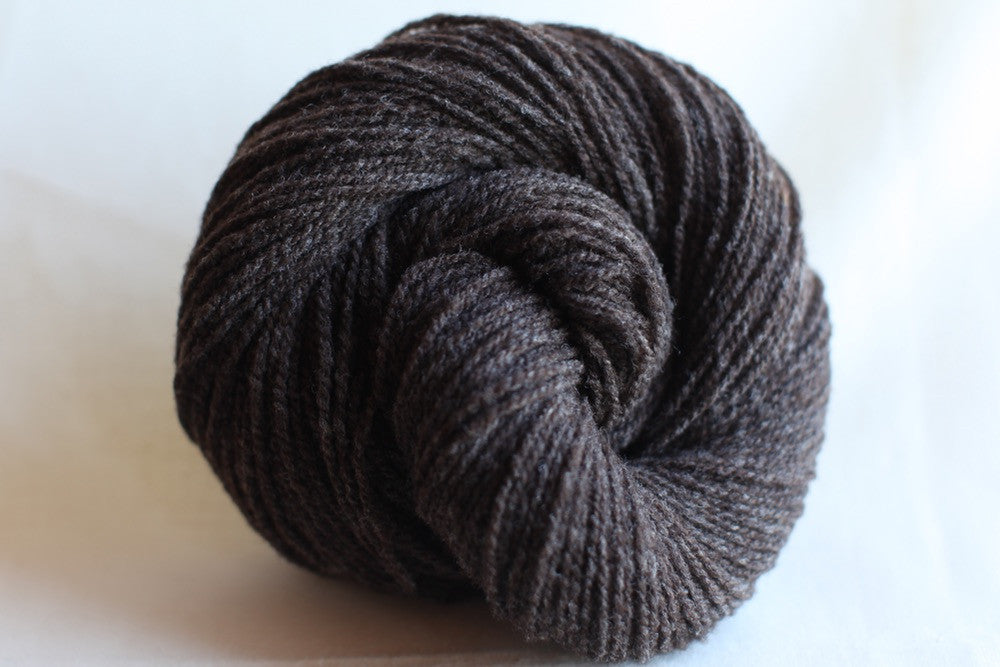
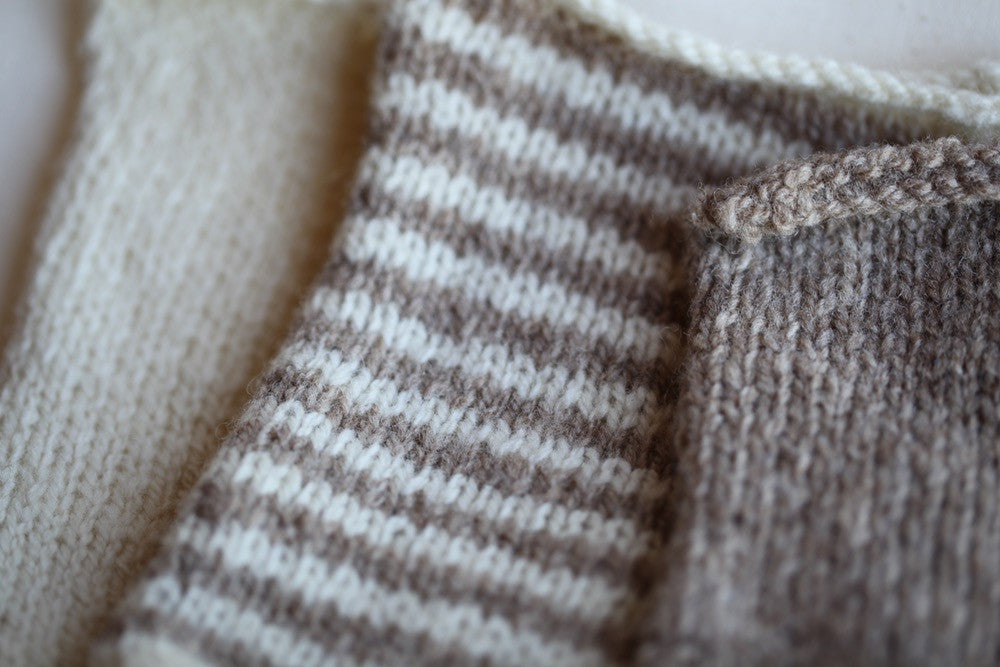
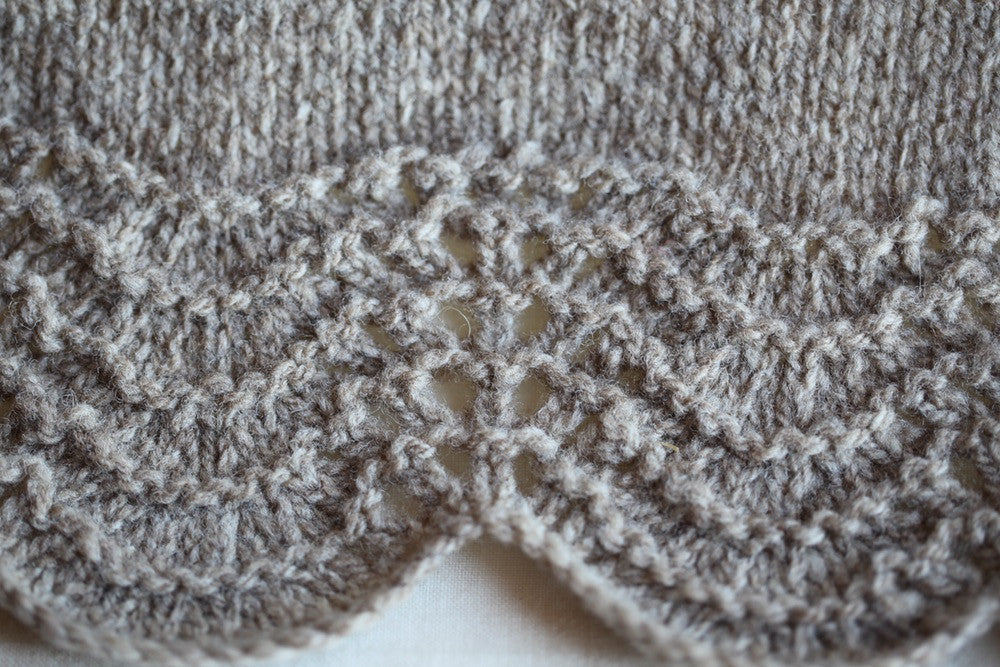
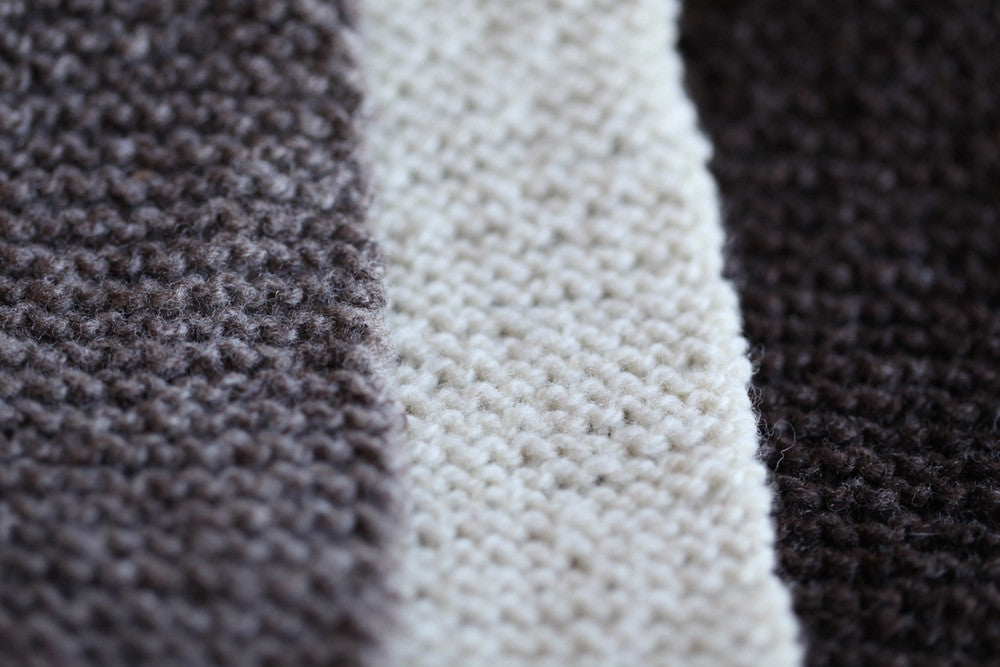
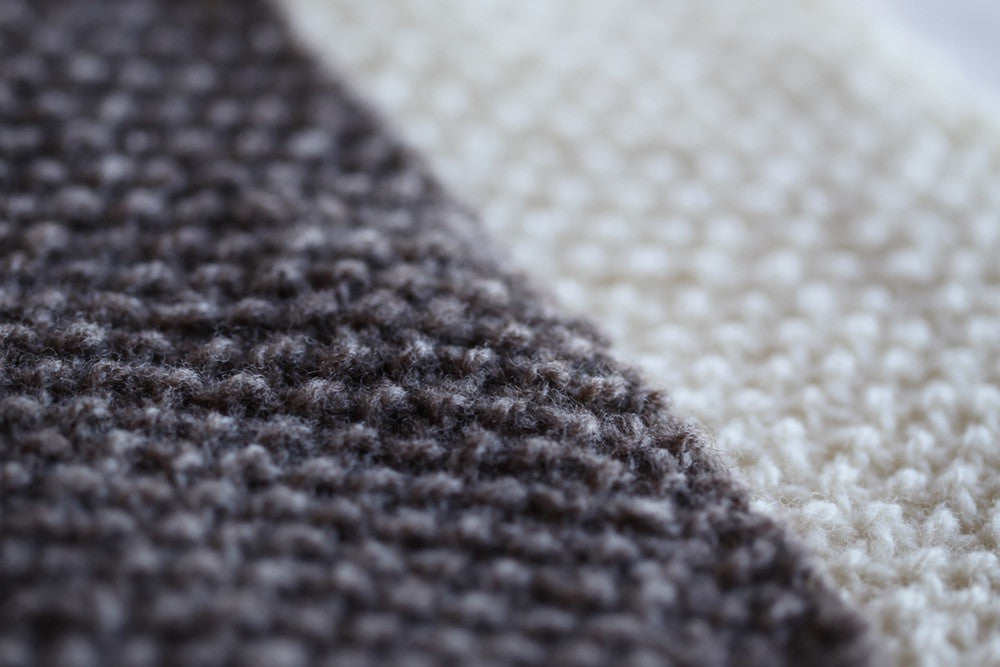
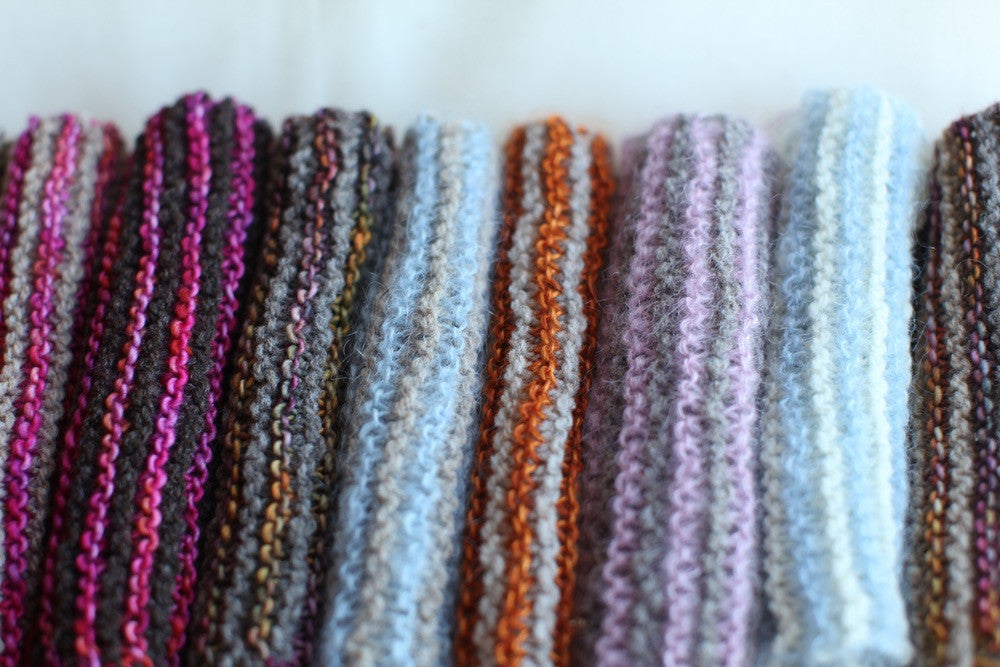
 Are you a fan of meditative garter stitch? Consider working garter stripes that alternate any color of CVM 3.0 with those single skeins of highly variegated hand-dyed yarn you may have in your stash. Mohair and silk are also exquisite companions. Simply knit two rows in each color to get perfectly contrasting stripes on each purl row. The interplay of dyed and natural colors would be stunning in a simple cowl or, if you really wanted to indulge, Polo Sylvie's
Are you a fan of meditative garter stitch? Consider working garter stripes that alternate any color of CVM 3.0 with those single skeins of highly variegated hand-dyed yarn you may have in your stash. Mohair and silk are also exquisite companions. Simply knit two rows in each color to get perfectly contrasting stripes on each purl row. The interplay of dyed and natural colors would be stunning in a simple cowl or, if you really wanted to indulge, Polo Sylvie's